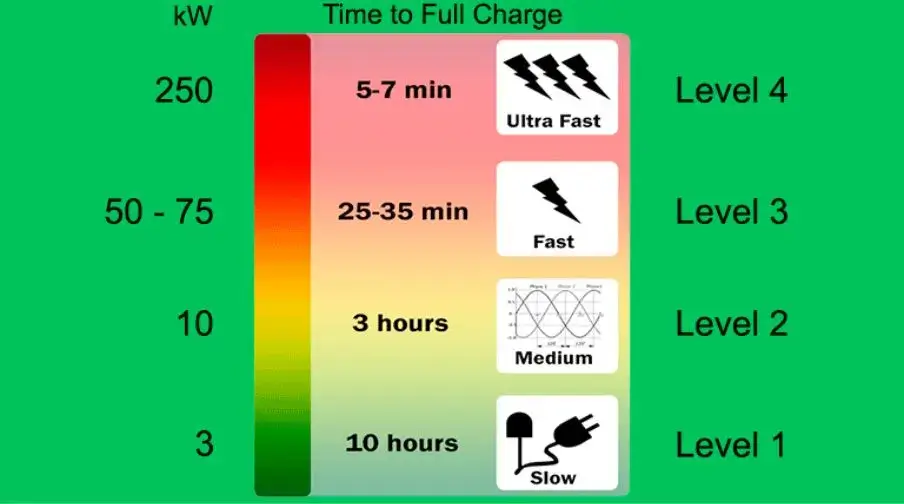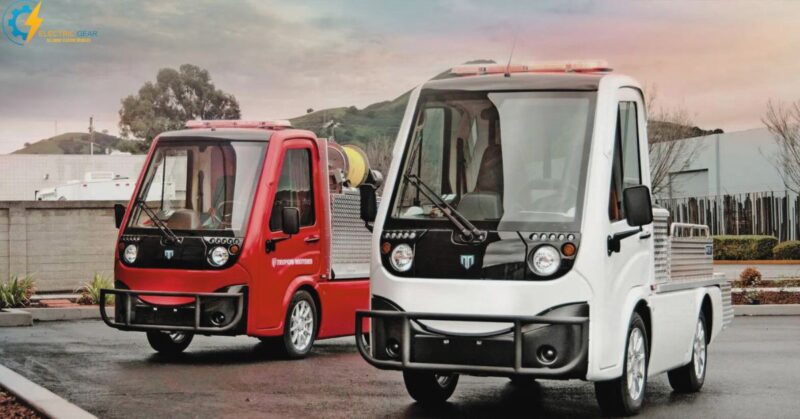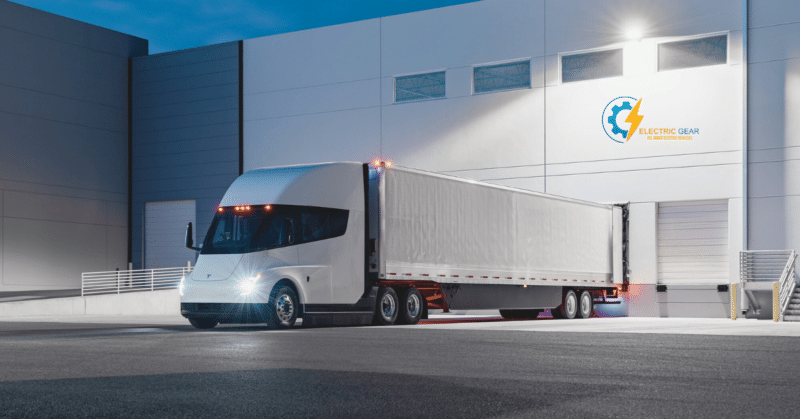The most basic choice for charging an electric vehicle (EV) is a Level 1 charger, which only provides a low-voltage, low-power connection. A 120-volt home outlet supplies power to these chargers, which may add around three to five miles of range to a battery in one hour.
In contrast, less rapid than higher-powered charging choices, level 1 chargers are popular among EV owners since they only need a regular electrical outlet.
Whether you are the proud owner of an EV or looking to go electric, the primary concern may be how long it will take to charge and how much it will cost.
Level 1 charger is also known as trickle charging because it only provides the slightest range of 3 to 5 miles per hour. Along with EVs, it’s also used for Plug-in Hybrid Vehicles. PHEVs and EVs are EPA rated from 15-60 and 150-400 miles, respectively.
It simply means it requires 3 and 30 hours for a PHEV and an EV to charge, respectively. It’s a general idea about charging time, which may vary depending on the size of the battery and the vehicle’s capacity to receive the charging amount.
EV Level 1 chargers are the most suitable for PHEVs because they have much smaller batteries than EVs. Furthermore, Level 1 can not give enough power even to pre-cool or preheat the EV cabin if still plugged in.
Level 1 EV Charger
Summary: It’s the slowest of all types, with a 120-V standard outlet, supplying almost 1.3-2.4 kW of power, equivalent to 3 to 5 miles of travel per hour. It’s the best for commuters traveling less than 50 miles a day, and according to the US Department of Energy, more than 80% of EV owners charge their vehicles at home.
Location: Level 1 charging usually occurs at homes or any residential areas. They are generally designed to be used outside public places for commercial use. People search for the fastest charging at public charging stations to save time, and Level 1 is not, from any aspect, feasible to be installed there.

Cost: Levels one charger is typically associated with the purchase of an EV. Therefore, determining the cost of the Level 1 charger itself could be more challenging. It’s the cost of electricity which you pay for, and charging overnight costs 13.3¢/kWh (given the
average electricity cost in the US). A full battery charge can cost $1.20 to $13 after considering the battery size and the type of EV.
Is Level 1 Charging Bad for the Battery?
It’s okay for the battery. It’s, in fact, comfortable for battery health as minimum use of fast chargers is advised by the battery manufacturers. Auto manufacturers always provide a Level 1 charger with the EV.
However, it may be inconvenient because the charging takes much time, and EV owners traveling long distances fear it.
The big downside to sticking with a Level 1 charging station is slow charging time—it takes nearly 32 hours for a 60kW EV battery with a 1.9 kW charge to reach a full charge.
Features of Level 1 Charger
The leading features of level 1 charges are as follows:
- Easy installation: Level 1 chargers are very simple to set up because they need to be connected to a regular electrical household 120-v socket.
- These are portable: Level 1 chargers are extremely portable because of their small size and the fact that they do not require any permanent installation.
- Cost-effective: These are easy to use and install and are frequently the least expensive charging solution.
- Low voltage: Level 1 chargers may be used with any regular electrical outlet without risk because of their low voltage.
- Slow charging: Due to its limited power output, level 1 chargers are the slowest choice, adding just around 4 to 5 miles of range per hour to a fully depleted battery.
The Simplest Level 1 Charging Explanation

- Every EV comes with a level 1 charging cord with a certain length.
- It plugs into a 120-V standard household three-pronged outlet.
- Another end of the cord is plugged into the AC outlet of the EV. It just takes about 30 seconds to complete the process.
- EV owners get back 5 miles of range per hour after charging from Level 1. Overnight charging adds only 40 miles of total capacity.
- After the charging is over, unplug the cables, roll it, and it is over.
How Does the Level 1 Charger Work?
A level 1 charger can charge an electric vehicle’s battery by converting the alternating current (AC) from a typical home socket into direct current (DC). To do this, a tiny charging device, or “brick,” is used, which is often included in the cable itself.
Level 1 charger supplies alternating current to the EV’s onboard charger; it’s converted to direct current and then used to charge the EV battery. Charging time may vary depending on battery size and some other factors. However, Level 1 takes 18 hours to charge an EV battery fully.
What are the Benefits of a Level 1 Charger?
- The primary advantage of Level 1 charging is to consume less electricity than fast chargers. Suppose if traveled 10–25 miles a day, the level 1 charger will consume electricity in the range of 867 to 2,167 kWh per year.
- Level 1 chargers use a 120-v standard outlet and can be plugged into any 120-volt usually found at homes.
- It does not need to install any special charging equipment for it.
- These chargers are entirely affordable for an EV owner instead of fast chargers.
- At parking lots and workplaces, where EVs are parked for three or more hours, L1 is very effective in charging EVs because it lessens peak energy demand and helps better manage energy and its costs.
- Level 1 typically provides 5 miles for each hour of charging, and EV drivers, generally commuting less than 30 to 40 miles daily, can recoup that range in just a few hours. So, parking lots, airports, workplaces, and hotels are where Level 1 charging is the best and most cost-effective.
- Level 1 chargers are user-friendly and easy to use. Every EV owner can put it on charging, which is a convenient option for home charging.
- Since its speed is slow, it does not pose any threat to battery health.
- This type of charging is helpful for those traveling less than 40-50 miles a day.
Level 1 EV Charger Wattage
It’s from 1.3 to 2.4 kW
EV Level, 1 charger output, is from 1.2 to 2.4 kW, which equals 3 to 5 miles of travel for an hour. Generally, the power capacity of EV chargers is defined in Kilowatts.
A standard EV battery weighing about 4 miles of traveling receives every kW of power. The higher the battery’s kW, the quicker the battery will charge.
Level 2 charger, compared to L 1, delivers from 6.2 to a maximum of 19.2 kW, while most EV chargers are designed to have the power of 7.6 kW.
Level 1 EV Charger Amps
Its 20 Amp

Level 1 is the slowest of all chargers and is supplied with the vehicle. It uses a 120 Volts standard connection, 1.2 to 2.4 kW, and a 20 Amp circuit.
Level 1 Charging Speed kW
A Level 1 charger will provide approximately 1.2 kW to the vehicle, whereas a Level 2 charger provides between 6.2 and 19.2 kW, with most chargers providing about 7.6 kW.
Conclusion
In conclusion, Level 1 EV chargers have big benefits in some situations, even though they are slower and not as strong as higher-level chargers. For people who drive shorter routes and can charge their cars overnight, they are a useful and inexpensive option.
Level 1 chargers use a normal 120-volt outlet and are easy to set up and carry. This makes them accessible and useful for home use. They may not be ideal for fast charging or long trips, but they are an important part of the charging infrastructure for EV and PHEV users as a whole.
Because they don’t hurt batteries and use very little electricity, they’re a great choice for daily driving and long-term car maintenance.

Imran is an experienced content writer who crafts engaging and informative articles for a variety of industries. With a keen eye for detail and a passion for storytelling, Imran delivers high-quality content that resonates with readers. Whether he’s writing blog posts, social media content, or website copy, Imran is committed to delivering compelling content that drives results.







